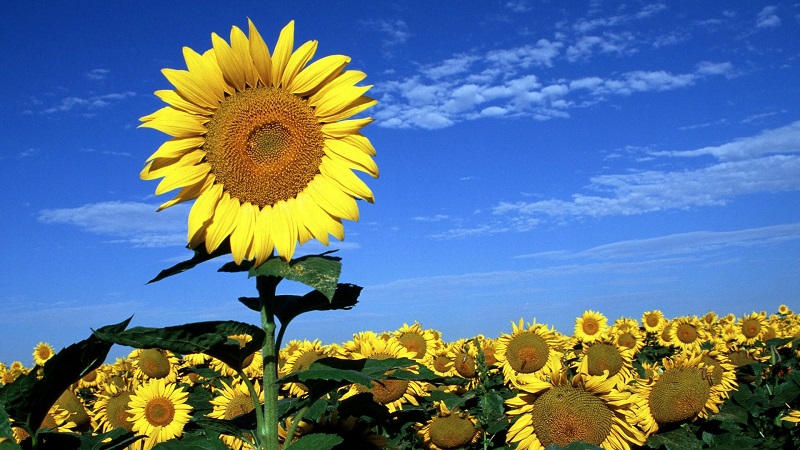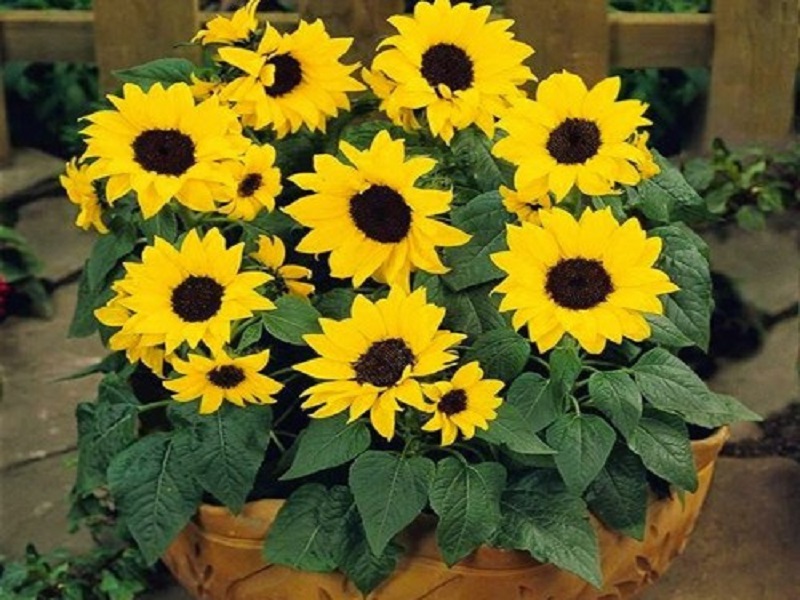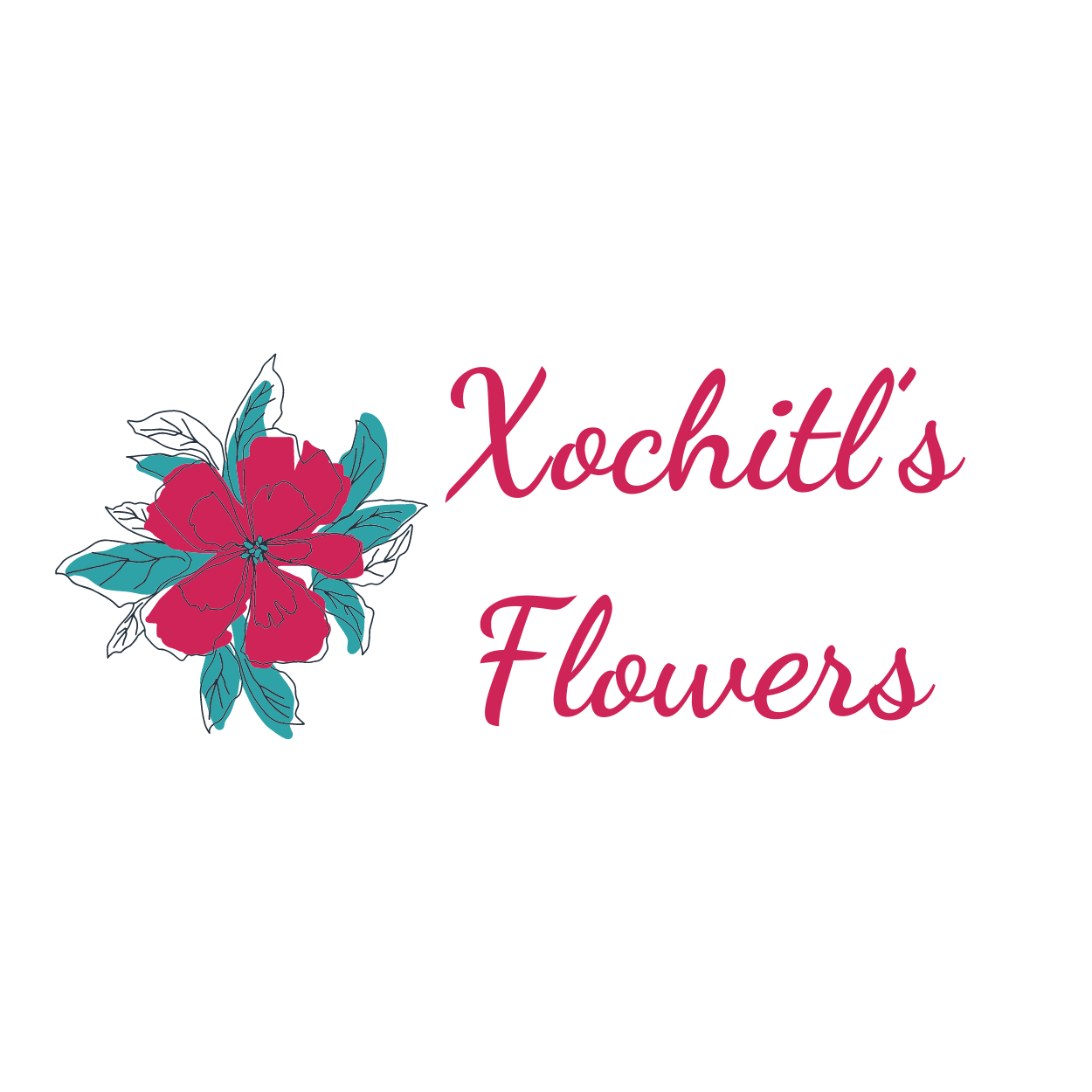Short-day sunflowers offer a delightful twist on the classic sunflower, known for their ability to thrive in shorter daylight conditions. These sunflowers are not only visually appealing but also practical for various gardening and agricultural applications. Their unique growth patterns and adaptability make them a favorite among gardeners and farmers alike. This guide delves into the characteristics, cultivation, and benefits of short-day sunflowers, showcasing why they should be a part of your gardening repertoire.
Definition and Characteristics
What are Short-Day Sunflowers?
Short-day sunflowers are varieties of sunflowers that have adapted to grow and bloom in environments with shorter daylight periods. Unlike standard sunflowers, which require long days to flower, short-day sunflowers are bred to thrive in regions with less daylight, making them suitable for areas with shorter growing seasons or those approaching winter.

Unique Features of Short-Day Sunflowers
Short-day sunflowers typically have a shorter growth cycle, allowing them to bloom faster than their long-day counterparts. They exhibit the same iconic sunflower traits, including bright yellow petals and large flower heads, but their adaptability to different light conditions sets them apart. These plants often have a compact growth habit, making them ideal for smaller gardens or containers.
History and Origin
Historical Context of Short-Day Sunflowers
Short-day sunflowers were developed to address the needs of gardeners and farmers in regions with shorter growing seasons. The development of these varieties involved selecting and breeding plants that could flower with less sunlight. This adaptation has allowed sunflowers to be grown in a wider range of climates and conditions.
Introduction and Use in Various Regions
These sunflowers have gained popularity worldwide, particularly in regions where traditional sunflowers might struggle due to shorter daylight hours. They are now commonly grown in both home gardens and commercial farms, providing a versatile option for sunflower enthusiasts and agricultural producers alike.
Botanical Characteristics
Physical Appearance
Short-day sunflowers generally have a similar appearance to other sunflowers, with vibrant yellow petals and large, round flower heads. However, they are often smaller in height, ranging from 3 to 6 feet, and their flower heads may be slightly smaller compared to tall sunflower varieties. The leaves are broad and typically heart-shaped, contributing to the plant’s overall robustness.
Growth Habits
These sunflowers follow a growth cycle that is adapted to shorter daylight periods. They usually complete their lifecycle in a shorter time frame, allowing them to bloom quickly. Their compact size makes them suitable for various planting scenarios, from small garden beds to container gardening.
Cultivation
Climate and Soil Requirements
Short-day sunflowers thrive in full sun and prefer well-drained soil rich in organic matter. They are well-suited for climates with shorter growing seasons and can tolerate a range of soil types, though they perform best in slightly acidic to neutral pH levels.
Planting Techniques
Plant short-day sunflower seeds directly into the soil in early spring or late summer, depending on your climate. Sow the seeds at a depth of about 1 inch, spacing them 12-18 inches apart to allow for their compact growth. Ensure they receive ample sunlight throughout the day to support healthy growth and blooming.
Care and Maintenance
These sunflowers require regular watering, particularly during dry spells, but should not be waterlogged. Fertilize with a balanced fertilizer to support vigorous growth and blooming. Short-day sunflowers generally need less staking than tall varieties, but providing some support may help prevent flopping. Monitor for pests and diseases, and address any issues promptly to maintain plant health.
Popular Varieties
Overview of Well-Known Short-Day Sunflower Varieties
- ‘Dwarf Sunspot’: Known for its compact size and bright yellow blooms, making it perfect for small gardens and containers.
- ‘Teddy Bear’: Features a unique, fluffy appearance with a bushy growth habit and bright yellow petals.
- ‘Sunny Smile’: A cheerful variety with medium-sized flowers and a compact growth habit, ideal for garden borders and pots.
Pests and Diseases
Common Issues
Short-day sunflowers can be affected by pests such as aphids, spider mites, and sunflower beetles. They may also encounter fungal diseases like powdery mildew and rust.
Prevention and Treatment Strategies
Preventive measures include proper spacing for air circulation and regular inspection of plants. Organic treatments like neem oil and insecticidal soap can help manage pests, while fungicides may be necessary for controlling fungal infections. Implementing integrated pest management (IPM) practices can enhance overall plant health and productivity.

Uses and Benefits
Agricultural and Commercial Uses
Short-day sunflowers are valuable for their seeds, which are used in snacks, bird feed, and oil extraction. Their ability to grow in shorter daylight conditions makes them a practical choice for regions with limited growing seasons.
Environmental Benefits
These sunflowers attract pollinators such as bees and butterflies, contributing to biodiversity in the garden. Their deep root systems also help improve soil structure and prevent erosion.
Ornamental and Aesthetic Uses
Short-day sunflowers are versatile in garden design, providing bright color and texture in flower beds, borders, and containers. They are also excellent as cut flowers, adding a splash of sunshine to floral arrangements.
Cultural Significance
Symbolism and Meanings
Short-day sunflowers symbolize resilience and adaptability, reflecting their ability to thrive in various conditions. They are often associated with positivity and hope due to their bright appearance.
Short-Day Sunflowers in Art and Literature
Sunflowers have been depicted in various artworks and literary works, symbolizing beauty and vitality. Short-day sunflowers continue this tradition, representing the adaptability and joy they bring to gardens.
Festivals and Celebrations
Sunflower festivals often feature short-day sunflowers, celebrating their unique attributes and the beauty they bring to gardens. These events may include flower displays, gardening workshops, and family-friendly activities.
Conclusion
Short-day sunflowers offer a practical and beautiful solution for gardeners and farmers facing shorter daylight conditions. Their adaptability, vibrant blooms, and ease of care make them an excellent choice for various gardening scenarios. Embrace the charm of short-day sunflowers and enjoy the benefits they bring to your garden and landscape.
